During this prolonged period of social distancing, I’m going to try to post a few recipes a week, since cooking at home is one thing that more of you will be doing.
It’s been interesting to me to see what is emptying fastest from the supermarket shelves. Canned goods, tuna, eggs, beans and rice, pasta, meat – especially chicken. Funnily, this morning the only grain to be had at my local supermarket was red quinoa, which is one of my favorites. Don’t know why that one didn’t go.
As for produce, the shelves at my market are well stocked and the farmers market was terrific on Sunday. I bought a huge cabbage and I have half of it left over after making this soup. It’s a comforting, easy soup that will feed a family of 4 to 6, or 2 people for 3 days.
Cabbage Minestrone
2 tablespoons olive oil
1 large onion, finely chopped
1 large carrot, peeled and finely chopped
1 celery stalk, finely chopped (optional)
2 tablespoons chopped fresh parsley
2 to 4 garlic cloves, to taste, minced
1 (14-ounce) can chopped tomatoes, with juice
1 to 1 1/4 pounds cabbage, outer leaves removed, cored and coarsely chopped (about 1/2 medium-large cabbage)
6 cups water
A bouquet garni made with 1 Parmesan rind. 1 bay leaf, and a sprig or two of thyme
Salt and freshly ground pepper
1 1/2 cups cooked chickpeas (1 can, drained and rinsed)
1/2 cup fresh shelled peas or thawed frozen
1/2 cup elbow macaroni, or small rings or shells
Freshly grated Parmesan for sprinkling
1. Heat the oil over medium heat in the soup pot and add the onion, carrot, celery and parsley. Add a pinch of salt. Cook, stirring often, until the mixture is fragrant and the vegetables tender, about 8 to 10 minutes. Stir in half the minced garlic and cook, stirring, for another minute or so, until the garlic begins to smell fragrant. Add the tomatoes and their liquid and cook, stirring occasionally, for 5 to 10 minutes, until the tomatoes have cooked down a bit. Add the cabbage, stir together for a couple of minutes, and add the water and bouquet garni. Season with about 2 teaspoons salt and bring to a simmer. Cover and simmer over low heat for 45 minutes.
2. Add the remaining chopped garlic, the chickpeas, peas, and pasta. Cover and continue to simmer until the pasta is cooked al dente, usually about 10 minutes. Taste the soup and adjust salt. Add freshly ground pepper to taste. Serve with Parmesan sprinkled on top.
Advance preparation:
The soup keeps for a few days in the refrigerator and freezes well. Pasta will get soft.
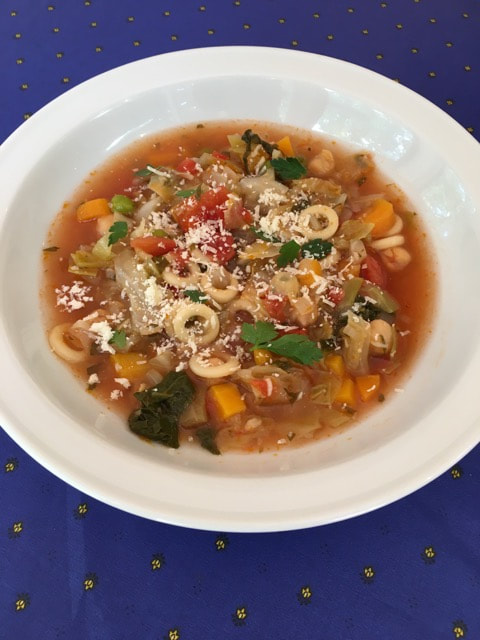
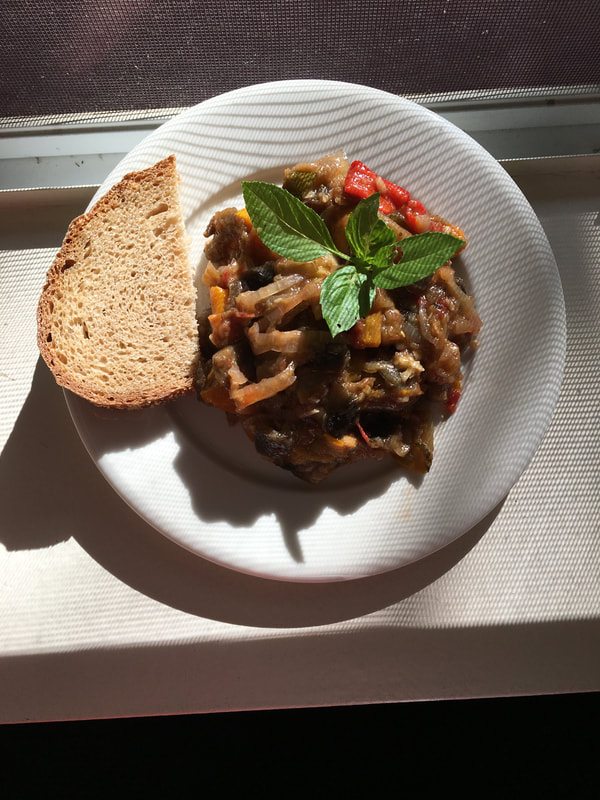


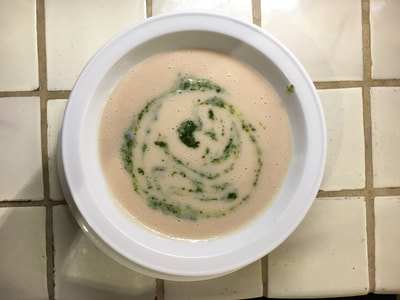
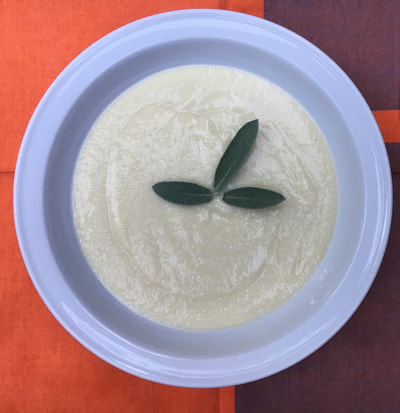
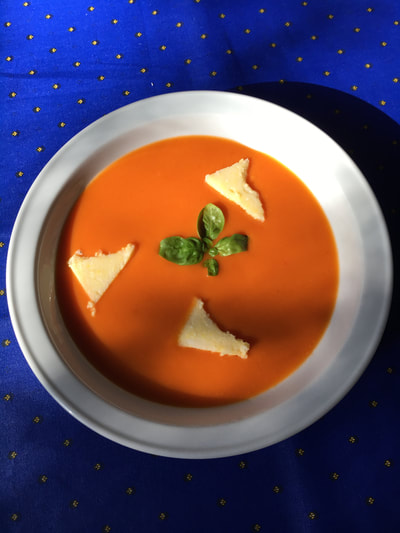
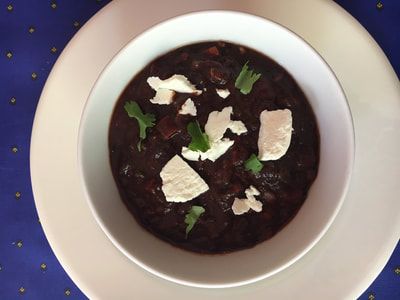
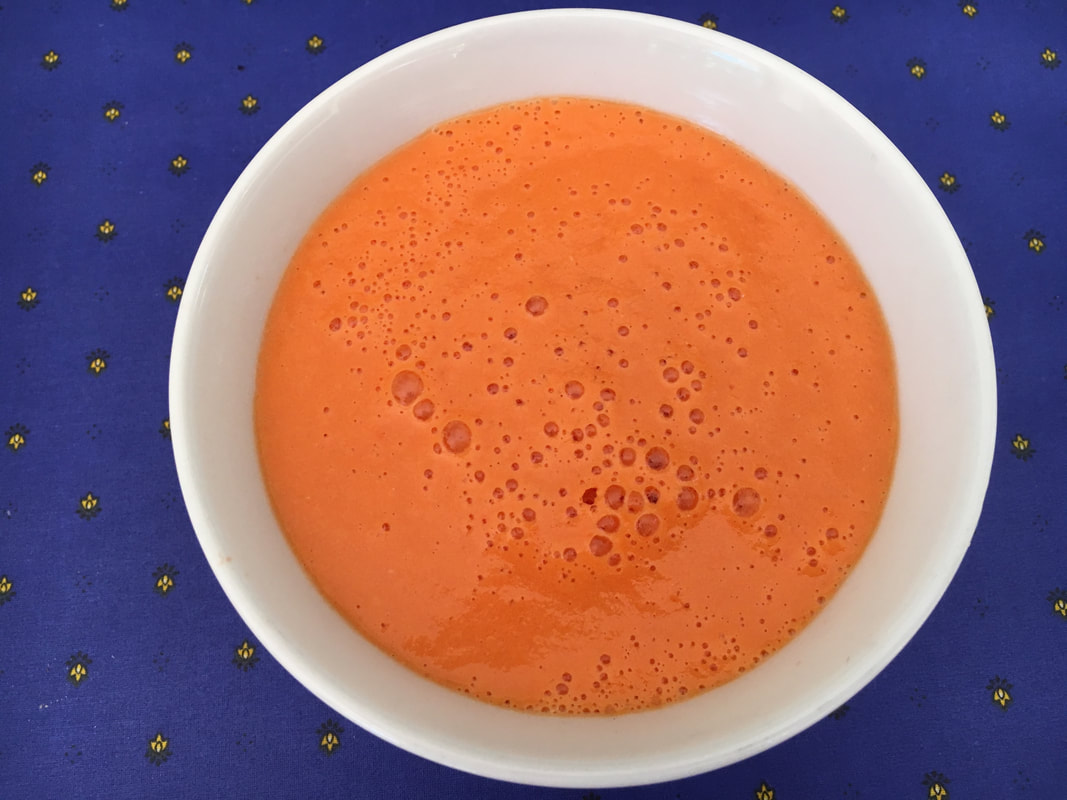

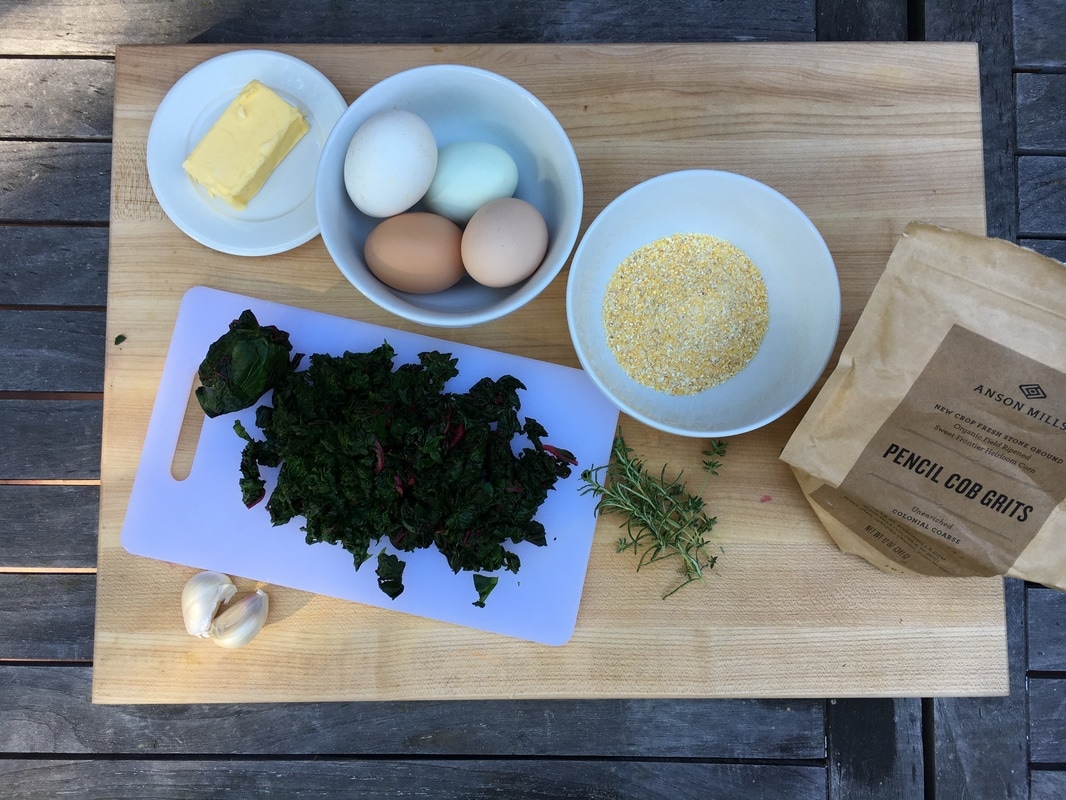

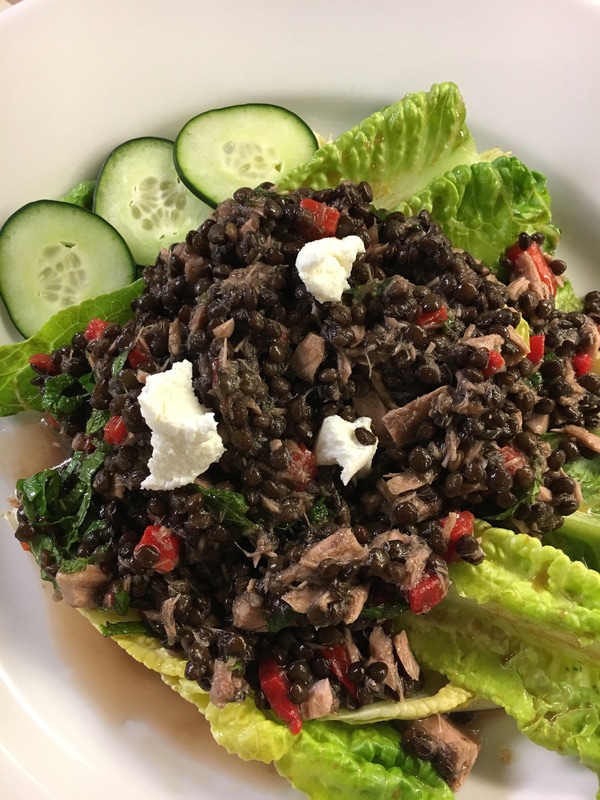
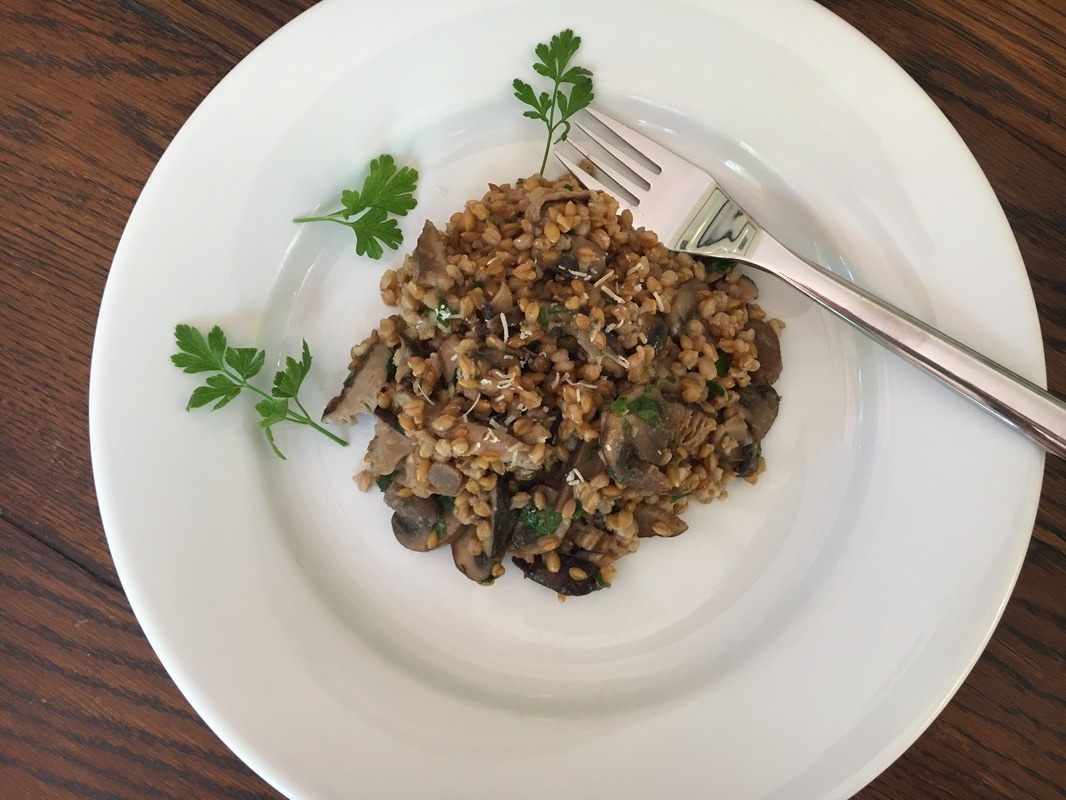
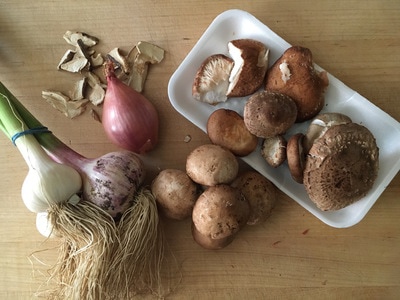
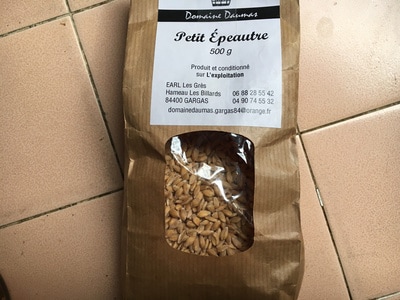
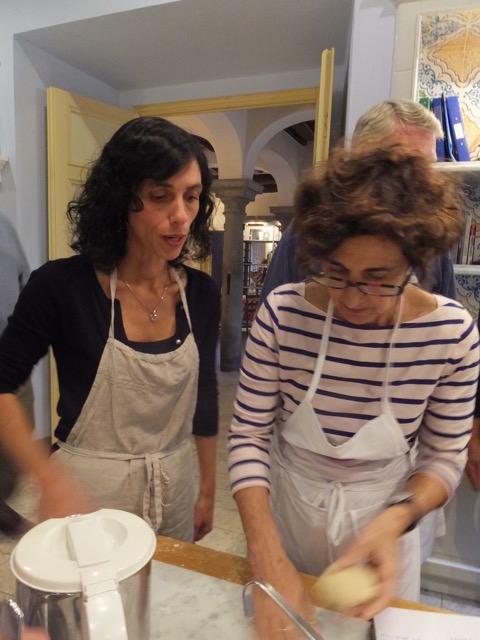

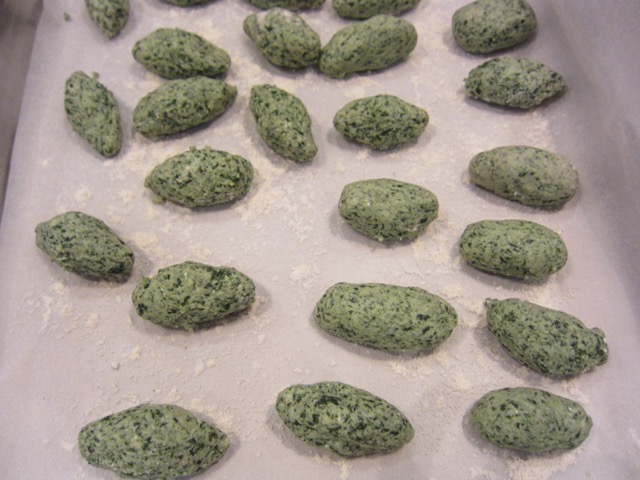
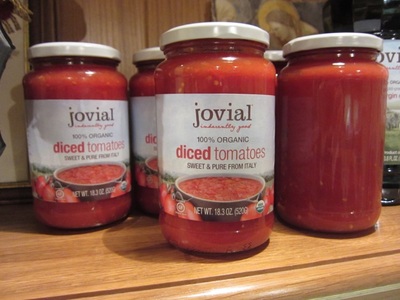
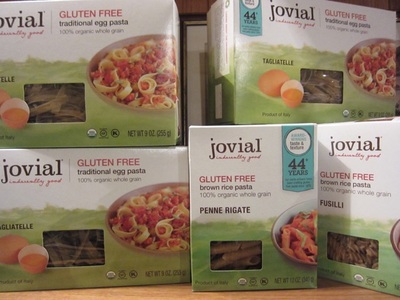


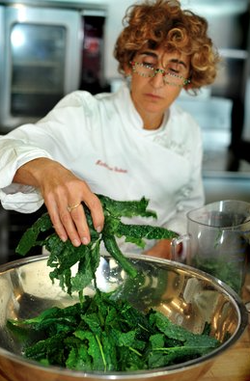
 RSS Feed
RSS Feed
